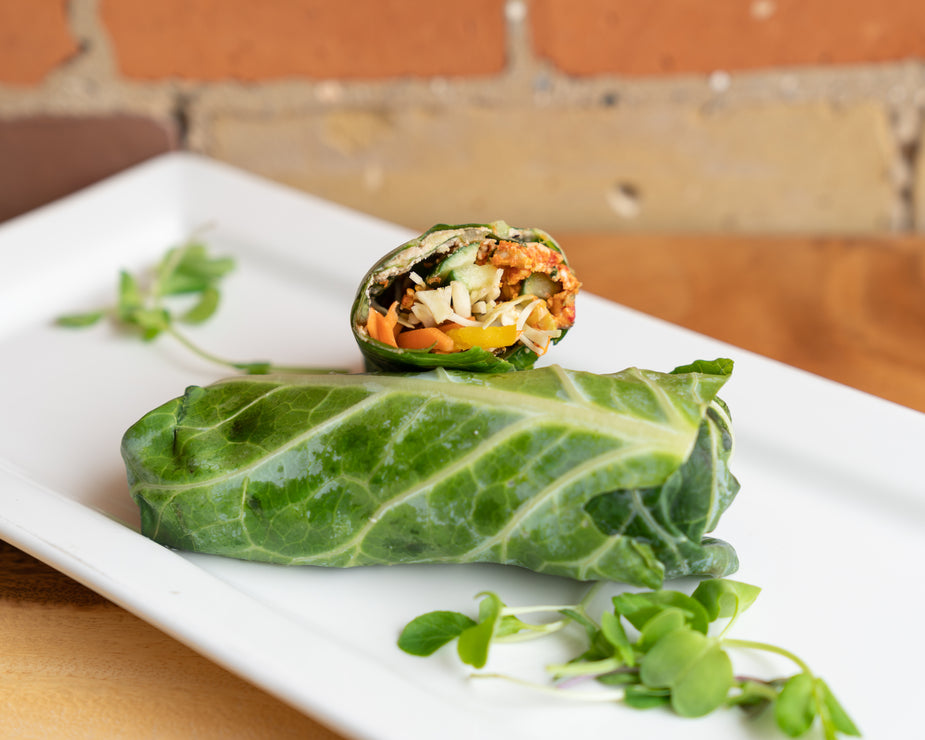KITCHEN HACKS
A hack, in today’s parlance, is something that makes life easier, whether a shortcut or a new idea. Here are a couple of my favorite kitchen hacks. Odors: Hate the lingering smell of onions and garlic on your hands after some food prep? You can buy one of those fancy pieces of stainless steel shaped like … Read more









